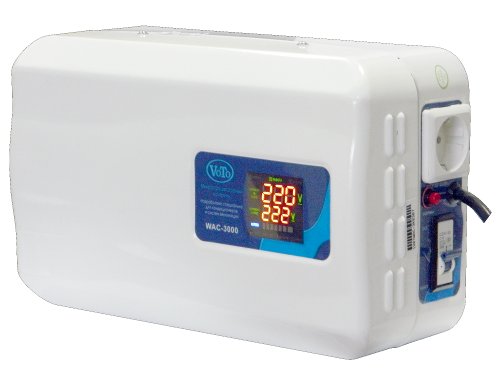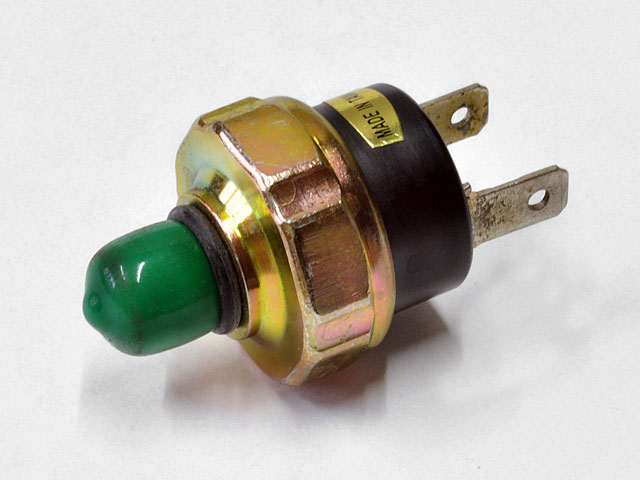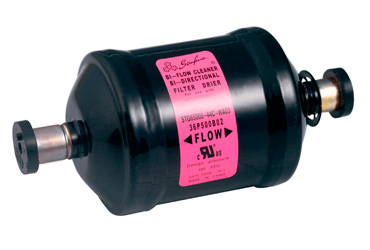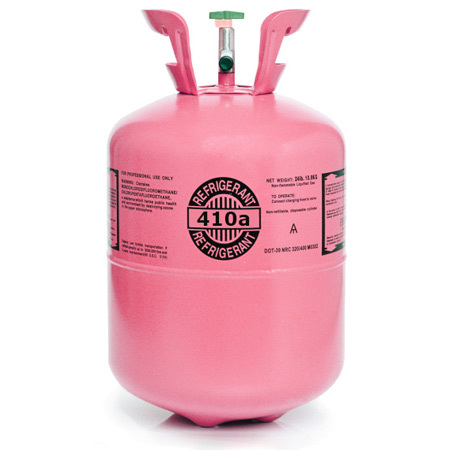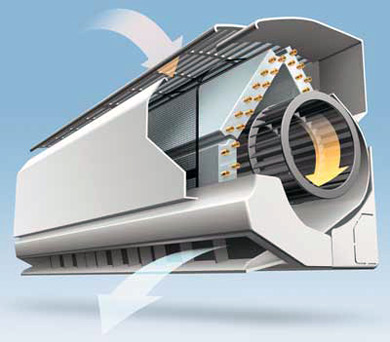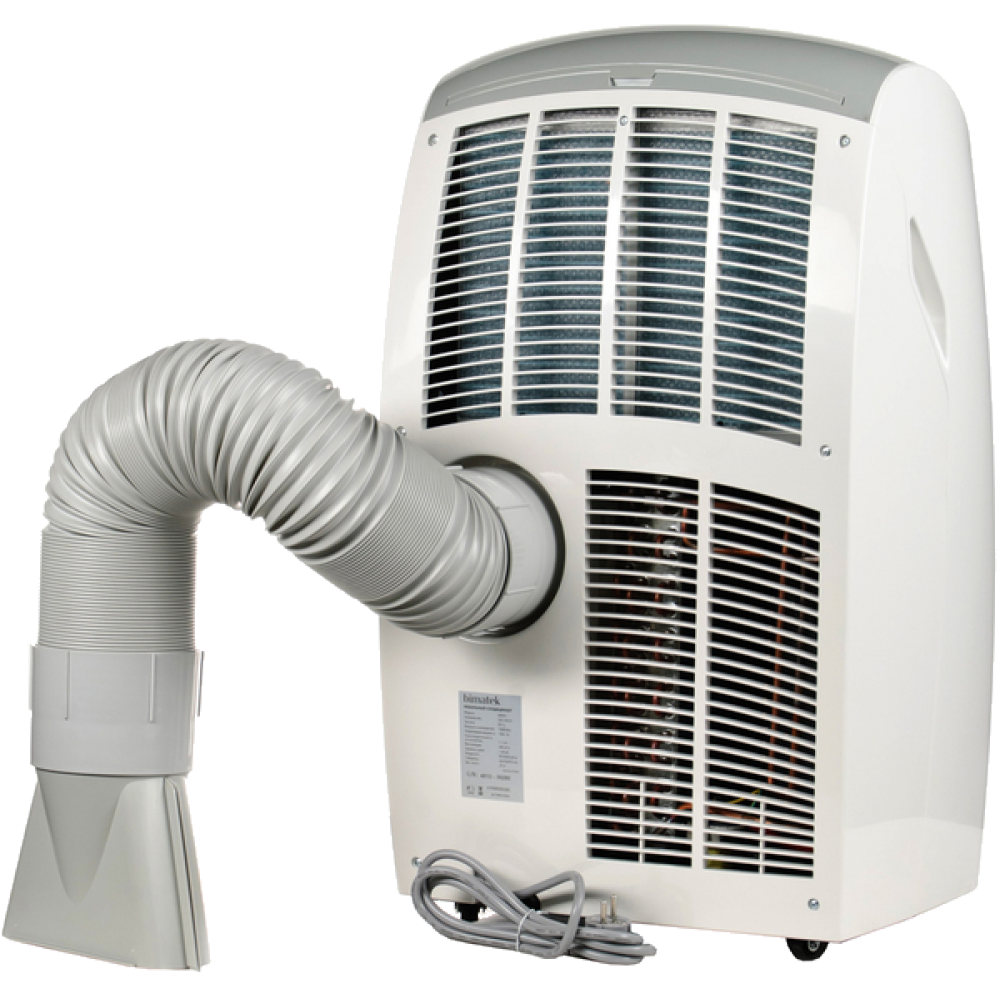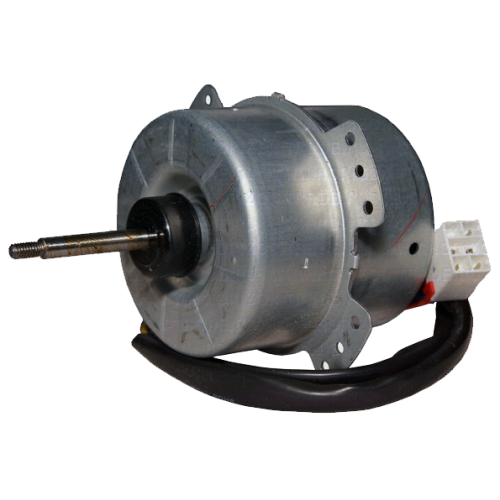The main cause of air conditioner malfunctions is lack or excess of refrigerant. Freon pressure in the air conditioner must clearly correspond to the specified parameters. It can be measured. But more often, some signs indicate a decrease or increase. What is the danger of decreasing or increasing pressure in the air conditioner? And how to recognize it? Read on for more details.
Hypothermia temperature
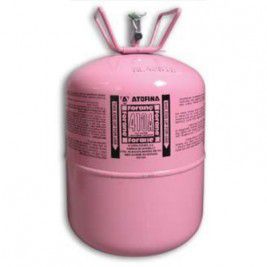
The lack of freon pressure in the air conditioner is explained by leaks, and its excess by an illiterate refueling. Both situations first lead to a decrease in efficiency, and subsequently to equipment breakdowns.
If the air conditioner is equipped with a thermostatic valve or expansion valve, and there are most of them now, then the best indicator of the pressure level will be the amount of cooling.
With low hypothermia, the pressure of Freon 410 in the air conditioner is not enough. In case of excess, the pressure is increased. The optimum value of refrigerant subcooling at the condenser outlet is from 10 to 12 degrees.
Why is low pressure in the system dangerous?
Lack of pressure in the air conditioner negatively affects the operation of all components and mechanisms.
However, the most affected are the condenser, evaporator and liquid lines. Since the refrigerant is less than the norm, the evaporator is not filled, the cooling capacity decreases. The amount of steam in the evaporator decreases. But the compressor operates at normal speed with a small amount of steam, which means that it is not possible to create the required pressure. The evaporation temperature decreases, sometimes even to negative readings. Therefore, a "fur coat" freezes on the evaporator and fittings.
In the liquid line, due to the lack of freon volume, its temperature rises to boiling.
The temperature at the compressor inlet rises. It is cooled in pairs, so overheating and breakdown are possible.
Insufficient pressure can be judged by:
- low cold performance;
- low evaporation pressure;
- severe overheating;
- slight hypothermia (up to 10 degrees).
Why is high blood pressure dangerous?
In air conditioners equipped with expansion valves, liquid cannot enter the evaporator. The liquid freon remains in the condenser, disrupting its main function. The heat exchange surface decreases, the gas entering the condenser is poorly cooled. As the steam temperature rises, the condensation pressure rises. At the same time, the liquid freon remaining in the condenser reacts with air, which leads to hypothermia of this zone.
Compressor temperature rises and electricity consumption rises, the engine gradually overheats and the compressor may burn out.
Signs of increased pressure of Freon 410 in the air conditioner:
- poor performance in cold weather;
- increased evaporation and condensation pressure;
- the amount of hypothermia is exceeded by 7 degrees.
If capillary tubes are used instead of expansion valves, excess freon can penetrate into the compressor, causing water hammer and breakdown.


